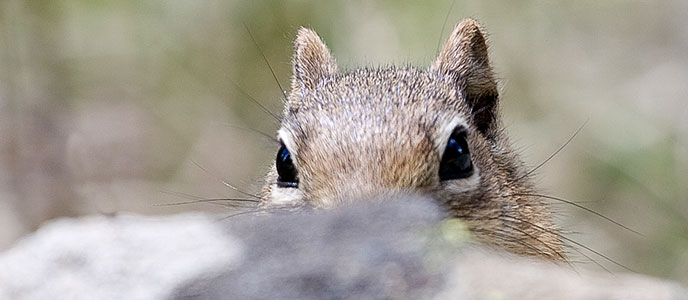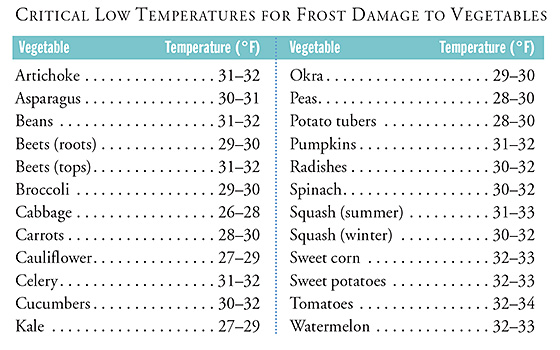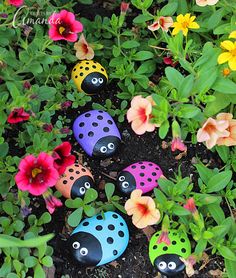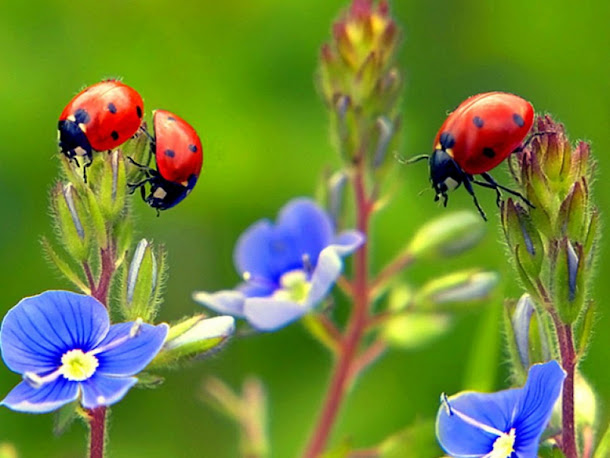How to Get Rid of Bad Smells
Natural Remedies for Bad Odors in the Home
Natural Remedies for Bad Odors in the Home
Oct 13, 2017

There are many ways to mask bad smells in your home, but how do you truly get rid of them? Here’s how to get rid of bad smells once and for all!
Neuroscientists say humans can distinguish 10,000 scents, though we don’t have names for a lot of them.Our sense of smell—the olfactory sense—brings depth and emotional richness to daily life. Think about the feelings and memories that flow when you catch a whiff of fresh-cut grass or lilacs in bloom, bury your face in a sun-dried bed sheet just off the line, or enter the kitchen just as a cinnamon-rich apple pie emerges from the oven.
Our olfactory system also alerts us to potential dangers: spoiled food, rot and decay, harmful molds. Most American homes contain a variety of sprays, plug-ins, stick-ons, scented candles, and other products designed to mask or remove bad odors. However, many people suffer allergic reactions to the fragrances in some of these products, and some air fresheners even contain toxins.
Yet a few inexpensive household essentials you probably have on hand already—vinegar, salt, coffee, baking soda, hydrogen peroxide—will neutralize most noxious odors around your home and in your vehicles.
How to Get Rid of Bad Smells
- During nice weather, just open the windows! Let fresh air blow through.
- To perfume the air naturally, cut a lemon in half and set the cut halves in an inconspicuous place, or rub a bit of vanilla on a light bulb
- Most folks know that keeping an open box of plain baking soda in the refrigerator will neutralize bad odors. Sprinkle some into the bottom of the trash can and into the trash bag itself for similar results.
- Half a cup of baking soda in two quarts of water and a soft cloth or brush also work well for cleaning the fridge, as well as scrubbing down and freshening the tub, tiles, sinks, drains, trash cans, and toilet bowls. For stronger disinfecting properties, scrub with a strong vinegar solution.
- Fresh or leftover coffee grounds will also absorb unpleasant odors in a fridge, microwave, or cupboard. They’ll also sweeten the air inside your car or its trunk. For use in the car, place the grounds in a covered plastic container with holes punched in the lid.https://www.almanac.com/blog/home-health/natural-living/how-get-rid-bad-smells?trk_msg=9FQH3OC02COKF91VJ942DU9TDG&trk_contact=EEBLFVJ2I0VAQT9EM5JFVJAK9O&trk_sid=DUOEL16731P3NL9A7LCHSVAJUS&utm_source=Listrak&utm_medium=Email&utm_term=How+to+Get+Rid+of+Bad+Smells+(read+more)&utm_campaign=Companion+Daily






 You can however, adapt the pattern to fit any size. It’s a lovely
beginner friendly project and she says that if you can crochet a chain,
make a single and double crochet stitch, then you will easily be able to
make a crochet cover for a stone.
You can however, adapt the pattern to fit any size. It’s a lovely
beginner friendly project and she says that if you can crochet a chain,
make a single and double crochet stitch, then you will easily be able to
make a crochet cover for a stone.

























